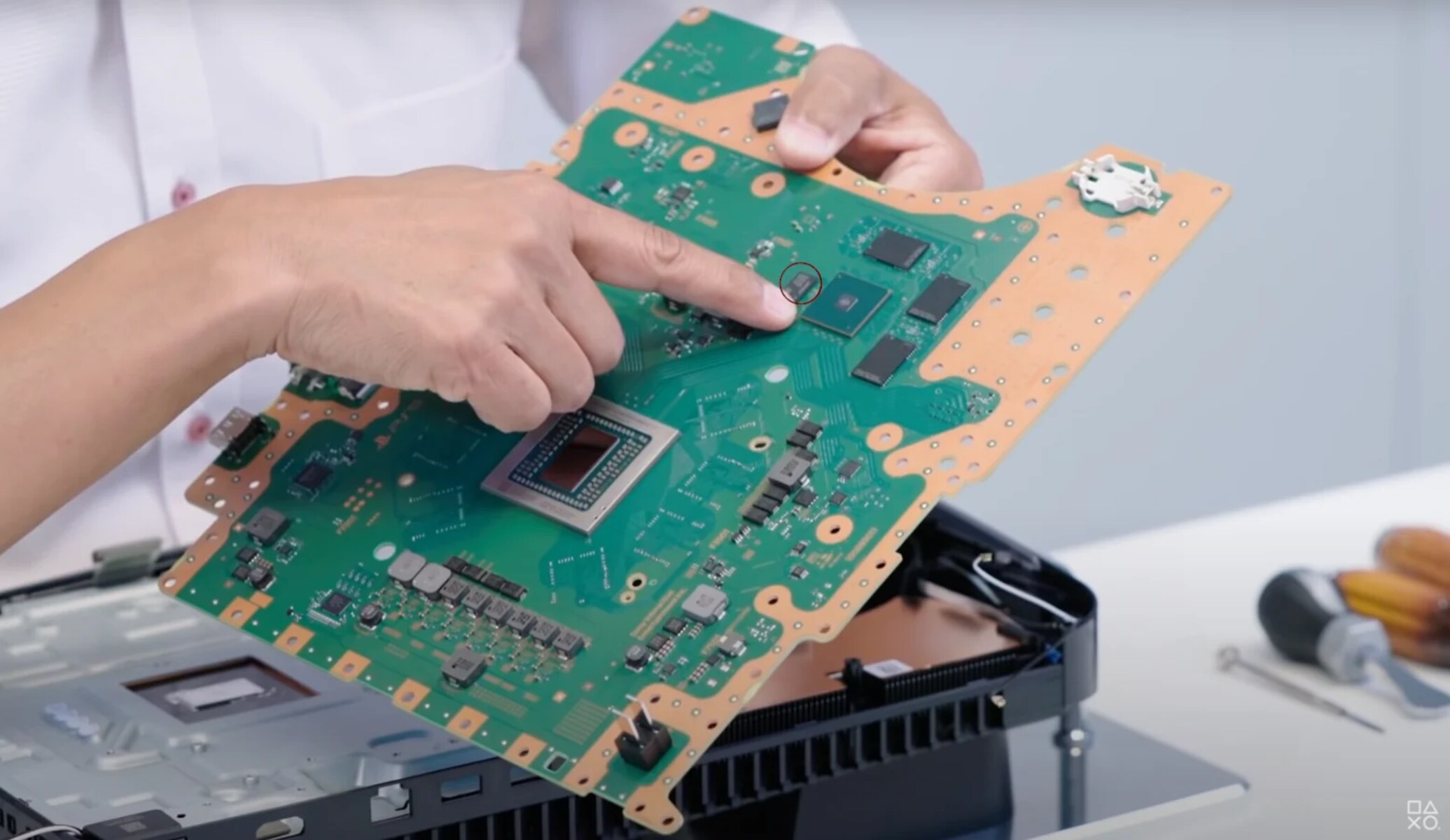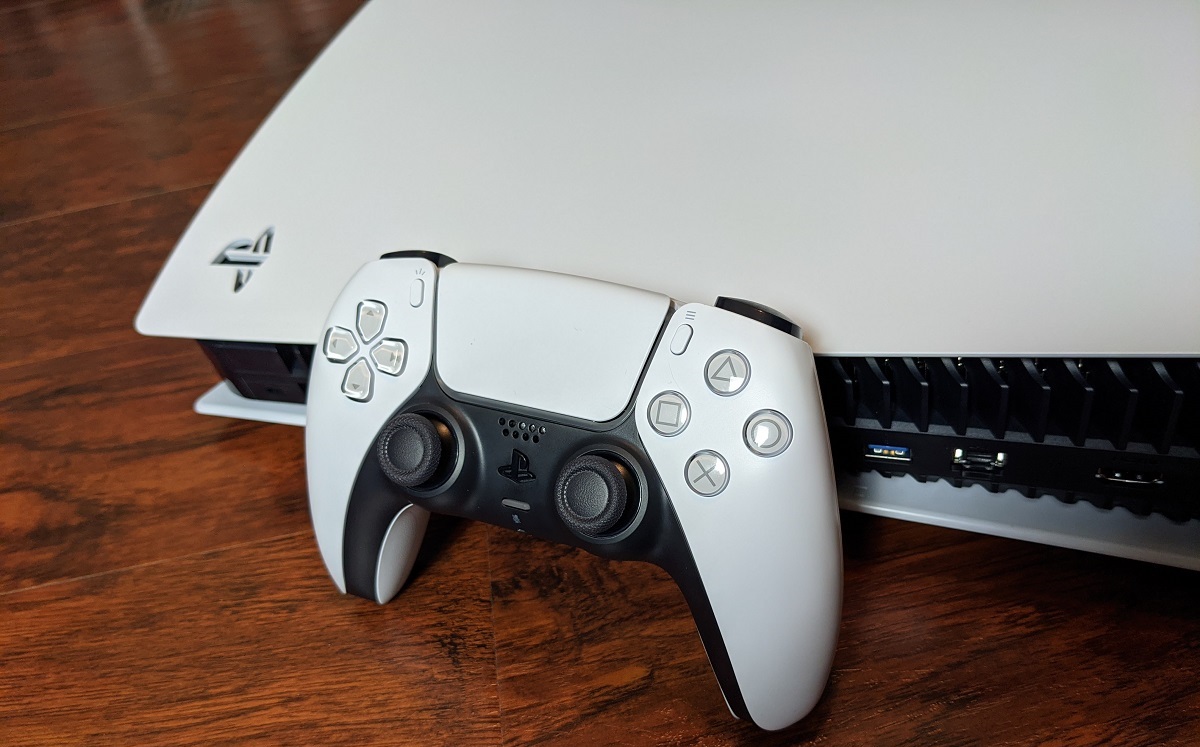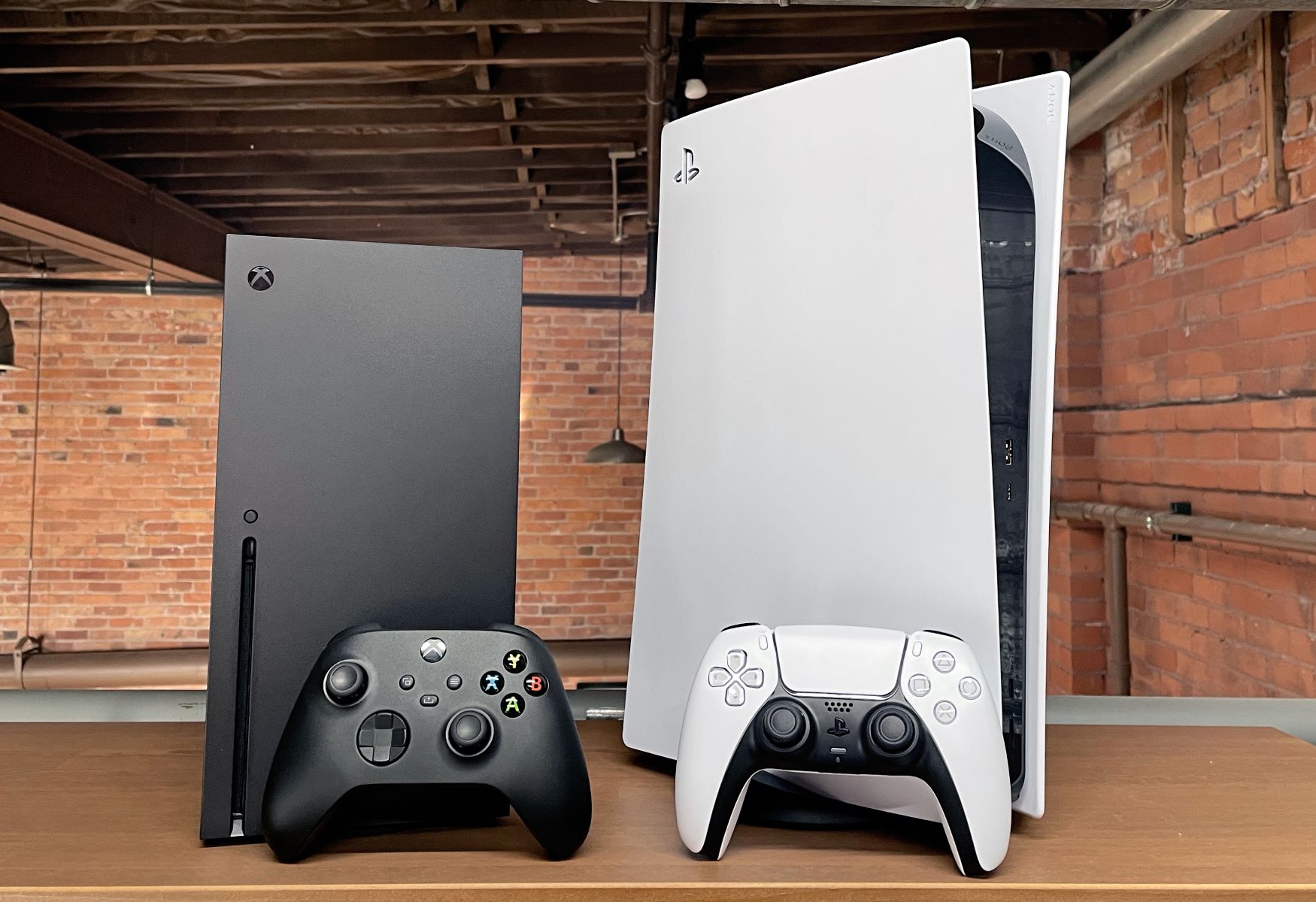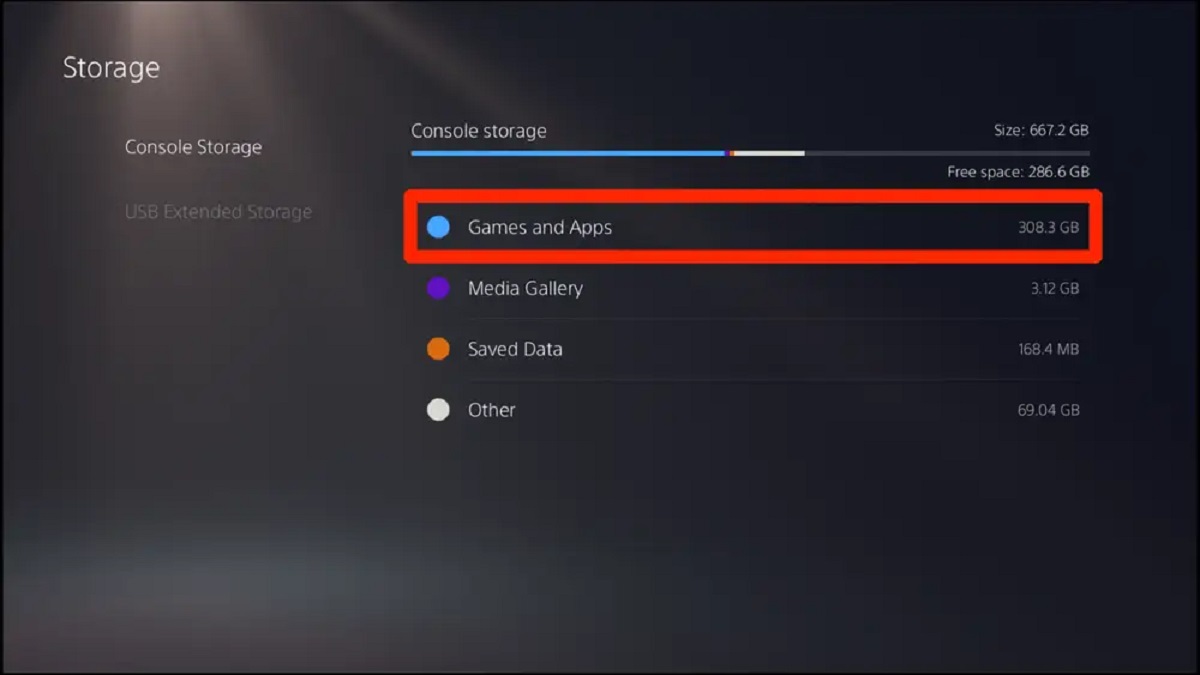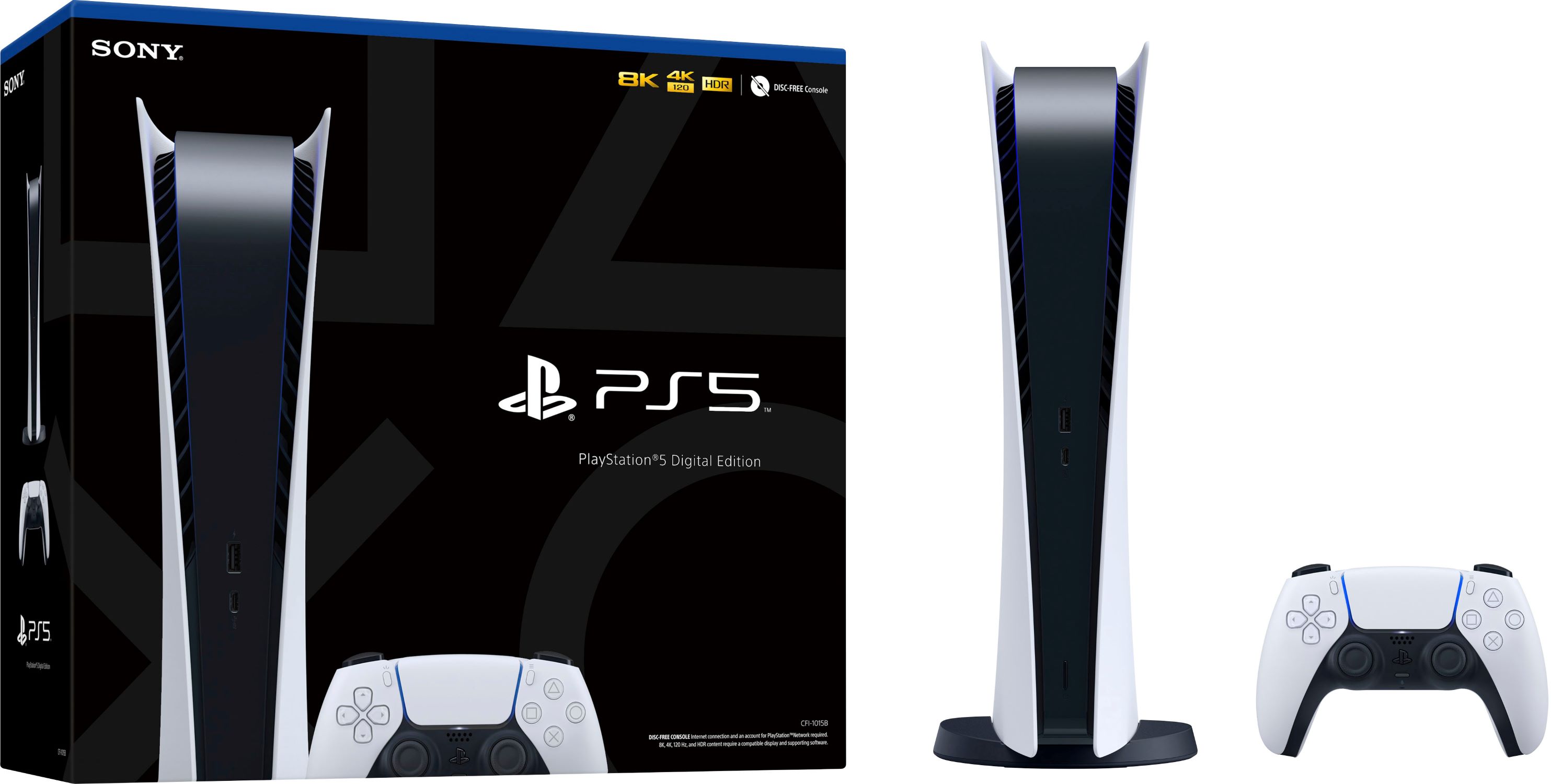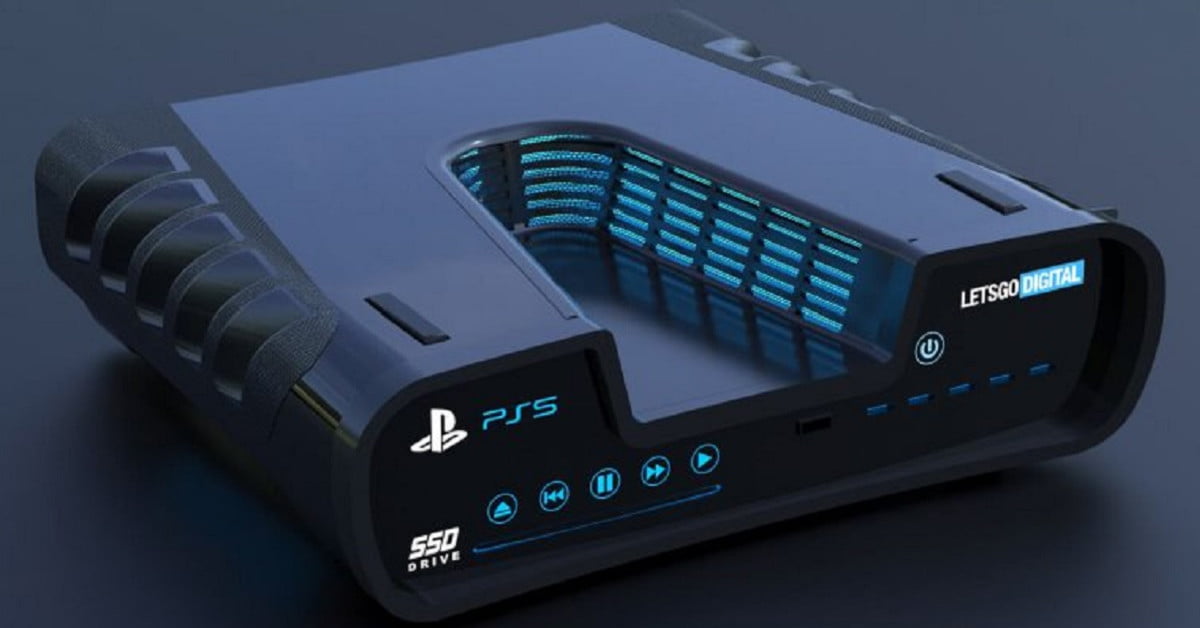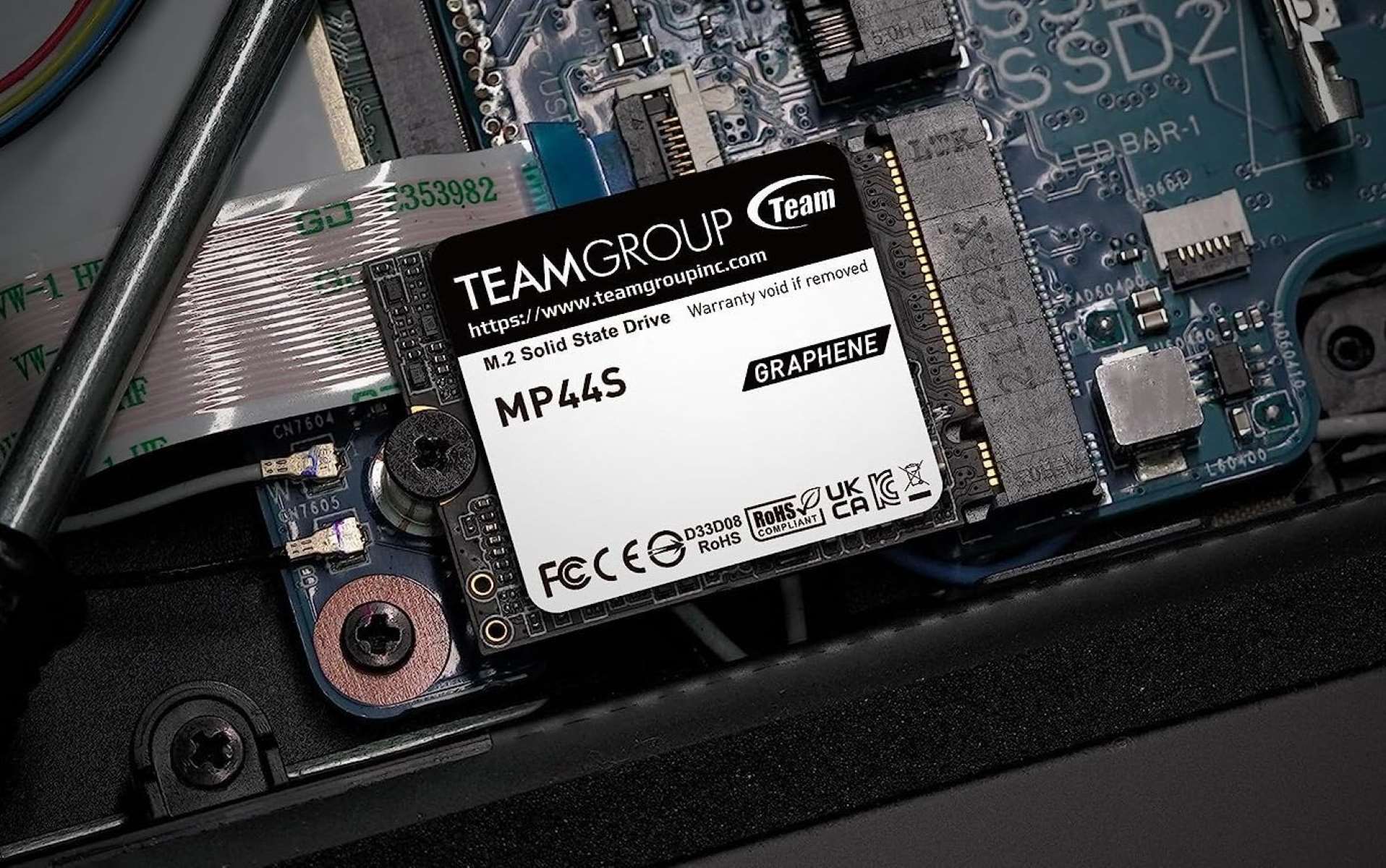Introduction
Welcome to the world of gaming, where technology never ceases to amaze us! The PlayStation 5 (PS5), the latest offering from Sony, has taken the gaming industry by storm. From its stunning graphics to its lightning-fast loading times, the PS5 has captured the hearts of gamers around the globe.
As you immerse yourself in the world of the PS5, you may come across a common question: “How many GB does the PS5 have?” To fully understand the storage capacity of the PS5, let’s first dive into the terminology and explore the concept of gigabytes (GB) and storage.
Gigabytes are a unit of measurement for digital storage. They represent the amount of information a device can store, such as games, apps, and media files. The more gigabytes a device has, the more content it can hold. It’s like having a larger bookshelf to store all your games and media.
When it comes to gaming consoles, storage plays a crucial role in the overall experience. It determines how many games you can install and play without running out of space. Additionally, a console’s storage capacity affects the loading times and performance of the games.
Now that we have a basic understanding of gigabytes and storage, let’s explore the PS5’s internal storage and the options it offers for expanding your gaming library. We’ll also dive into the difference between solid-state drives (SSD) and hard disk drives (HDD) and how they impact your gaming experience. So, buckle up and get ready to discover the storage wonders of the PS5!
Explaining the Terminology: Gigabytes (GB) and Storage
Before we delve into the storage capacity of the PS5, it’s important to familiarize ourselves with the terminology related to gigabytes and digital storage. Understanding these terms will help us better comprehend the significance of storage capacity in the gaming world.
Gigabytes (GB) are a unit of measurement for digital storage. They represent the amount of data that a device can store. In the case of gaming consoles like the PS5, GB refers to the storage capacity for games, apps, and other media files.
When it comes to storage, it’s important to differentiate between two types: internal storage and external storage. Internal storage refers to the built-in storage capacity of the PS5, while external storage refers to additional storage solutions that can be connected to the console.
The internal storage of the PS5 is where you will store your games and other media. It is where the console stores essential system files, updates, and saves game progress. The larger the internal storage capacity, the more games and media you can keep on the console without having to constantly delete and reinstall content.
It’s also worth mentioning that the actual usable storage capacity of a console might be slightly less than the advertised capacity. This is because some of the storage space is reserved for system files and necessary software functions.
External storage options, on the other hand, provide an opportunity to expand the storage capacity of the PS5. These external storage devices, such as external hard drives or SSDs, can be connected to the console to store additional games and media, allowing you to keep a larger library without sacrificing the performance of the console.
Having a sufficient storage capacity is essential for gamers, especially for those who want to have multiple games readily available to play. It eliminates the need to uninstall and reinstall games to free up space when you want to try out new titles.
Now that we have a good grasp of the terminology related to gigabytes and storage, let’s explore the specific storage capabilities of the PS5 and how it compares to its predecessors. We’ll also delve into the intriguing world of solid-state drives (SSD) and hard disk drives (HDD) to understand how the choice of storage technology impacts the gaming experience. So, let’s continue our storage adventure with the PS5!
The PS5’s Internal Storage
The PS5 comes with a built-in internal storage drive that offers impressive storage capacity and performance capabilities. Unlike its predecessor, the PS4, which utilized a traditional hard disk drive (HDD), the PS5 takes advantage of a solid-state drive (SSD) for its internal storage.
The use of an SSD in the PS5 brings a significant improvement in terms of loading times and overall system performance. With an SSD, games can be loaded much faster, reducing the waiting time and allowing gamers to jump into their favorite titles almost instantly.
When it comes to storage capacity, the PS5 offers a generous 825 gigabytes (GB) of internal storage. This ample amount of space allows players to install a considerable number of games, ensuring that they have a diverse selection to choose from without worrying about running out of storage.
However, it’s important to note that the usable storage capacity of the PS5 may be slightly less than the advertised 825GB. As with any storage device, a portion of the space is allocated for the operating system, system files, and other necessary functions to ensure the smooth operation of the console.
For gamers who enjoy playing a wide variety of games, this internal storage capacity may prove to be somewhat limiting. With the increasing size of modern games, larger storage options are desired to accommodate a larger library without the need for constant uninstallations and reinstallations.
Fortunately, Sony has provided users with options for expanding the storage capacity of the PS5. The console features an M.2 expansion slot, allowing gamers to add additional storage by installing compatible SSDs. However, it’s worth noting that not all M.2 SSDs will be compatible with the PS5, and Sony has specific requirements for the expansion storage. It’s important to check Sony’s guidelines and recommendations for compatible SSDs to ensure a seamless experience.
In summary, the PS5’s internal storage delivers an impressive 825GB of space that is powered by the performance-enhancing capabilities of an SSD. This results in faster loading times and smoother gameplay experiences. While the internal storage capacity may be adequate for many gamers, those with larger libraries will appreciate the option to expand their storage using compatible M.2 SSDs. With this understanding of the PS5’s internal storage capabilities, let’s now delve into the key differences between SSDs and HDDs.
Solid-State Drive (SSD) vs Hard Disk Drive (HDD)
The PS5’s utilization of a solid-state drive (SSD) as its internal storage marks a significant departure from the traditional hard disk drives (HDD) found in previous gaming consoles. Understanding the differences between SSDs and HDDs will shed light on why the inclusion of an SSD in the PS5 is a game-changer.
HDDs have been the standard form of storage for decades. They consist of spinning magnetic disks with read/write heads that access the stored data. While HDDs offer high storage capacities at affordable prices, they tend to be slower in terms of data access and loading times. This can lead to longer wait times when launching games or even during gameplay as the console fetches data from the drive.
On the other hand, SSDs provide a vast improvement in performance when compared to HDDs. Instead of using spinning disks, SSDs employ flash memory to store data. This allows for much faster data access, resulting in significantly reduced loading times, faster boot-up speeds, and quicker overall system responsiveness.
The use of an SSD in the PS5 translates to blazing-fast loading times for games. Whether you’re starting up a game, switching between levels, or loading a saved game, you’ll experience minimal wait times and seamless transitions. This not only enhances the gaming experience by eliminating frustrating loading screens but also immerses players in the action more quickly.
In addition to speed, SSDs also provide superior reliability and durability compared to HDDs. Since SSDs have no moving parts like the spinning disks found in HDDs, they are less susceptible to physical damage caused by bumps or drops. This makes them a more reliable storage option, especially for portable consoles like the PS5.
However, one potential drawback of SSDs is their higher cost per gigabyte compared to HDDs. SSDs can be more expensive to manufacture, leading to higher retail prices. Despite this, the performance benefits of SSDs make them a worthwhile investment for the improved gaming experience they provide.
With the PS5 harnessing the power of an SSD, gamers can expect lightning-fast loading times, seamless gameplay, and an overall smoother user experience. By leaving behind the constraints and limitations of HDDs, the PS5 sets a new standard in console performance.
Now that we’ve explored the differences between SSDs and HDDs, let’s move on to the topic you’ve been patiently waiting for – the storage capacity of the PS5!
How Many GB Does the PS5 Have?
When it comes to storage capacity, the PS5 offers a built-in internal storage of 825 gigabytes (GB). This generous storage capacity ensures that players have ample space to install and keep a significant number of games, apps, and media files on their console.
It’s important to note that the advertised 825GB of storage may not be entirely available for use. Some of the storage space is reserved for system files, software functions, and updates to ensure the smooth operation of the console. As a result, the actual usable storage capacity may be slightly less than the advertised amount.
Given the increasing size of modern games, the available storage capacity on the PS5 may pose some limitations for gamers with larger libraries. Games these days can vary in size, ranging from a few gigabytes to over a hundred gigabytes, especially with high-resolution textures and extensive content.
However, Sony has provided users with options to expand the storage capacity of the PS5. The console features an M.2 expansion slot that allows users to install compatible SSDs for additional storage. This expansion slot provides players with the flexibility to increase their storage capacity as needed, ensuring they can store all their favorite games without sacrificing performance.
It’s worth mentioning that not all M.2 SSDs are compatible with the PS5. Sony has specific requirements and guidelines for compatible SSDs to ensure compatibility and optimal performance. It is crucial to refer to Sony’s recommendations and guidelines when considering an SSD upgrade for the PS5.
By offering a substantial internal storage capacity of 825GB and the ability to expand it further with compatible SSDs, the PS5 provides gamers with the flexibility and freedom to store a wide variety of games and media files. This ensures that you don’t have to constantly uninstall and reinstall games to make space for new releases, allowing you to build a vast gaming library and easily access your favorite titles.
Now that we’ve explored the storage capacity of the PS5, let’s move on to the options available for expanding the storage and the future possibilities it holds in the gaming world.
Storage Expansion Options for the PS5
While the PS5 offers a generous 825 gigabytes (GB) of internal storage, some gamers may find it necessary to expand their storage capacity to accommodate a larger library of games and media files. Fortunately, Sony has provided options for storage expansion, allowing users to increase the available space on their consoles.
The primary method of expanding storage on the PS5 is through the use of an M.2 solid-state drive (SSD). The PS5 features an M.2 expansion slot that allows users to install compatible SSDs for additional storage. This expansion slot provides a convenient way to increase storage capacity without the need for external drives or sacrificing performance.
However, it’s important to note that not all M.2 SSDs are compatible with the PS5. Sony has specific requirements for compatible SSDs to ensure optimal performance and compatibility with the console’s architecture. Factors such as sequential read and write speeds, PCIe Gen4 support, and physical dimensions must be considered when selecting an SSD for expansion.
Sony has provided guidelines and recommendations for users to follow when considering an SSD upgrade for the PS5. It’s crucial to consult these guidelines to ensure a seamless experience and avoid compatibility issues or potential damage to the console.
Expanding the storage capacity of the PS5 with a compatible SSD not only provides more space for installing games but also ensures that the loading times and performance remain on par with the internal storage. This means that gamers can enjoy a seamless experience while playing games stored on the expanded storage, without sacrificing speed or performance.
By offering the option to expand storage, Sony is catering to the needs of avid gamers who want to have a large library of games readily available. This eliminates the inconvenience of having to uninstall and reinstall games to make room for new releases or updates.
Furthermore, the ability to expand storage on the PS5 opens up possibilities for the future of gaming. As games become more graphically intense and immersive, they will require even larger storage capacities. The expandability of the PS5’s storage ensures that gamers will be able to keep up with the evolving demands of next-generation gaming.
In summary, the PS5 offers users the option to expand their storage capacity through the use of compatible M.2 SSDs. This feature allows gamers to increase their storage space to accommodate a larger library of games and media files without sacrificing performance. Sony’s guidelines and recommendations ensure compatibility, guaranteeing a seamless and optimized experience. As gaming continues to evolve, the storage expansion options provided by the PS5 pave the way for a future of larger, more immersive gaming experiences.
Conclusion
The PlayStation 5 (PS5) has undoubtedly pushed the boundaries of gaming with its powerful performance and impressive storage capabilities. With an internal storage capacity of 825 gigabytes (GB), the PS5 allows gamers to enjoy a substantial library of games, apps, and media files. The inclusion of a solid-state drive (SSD) as the internal storage drive brings lightning-fast loading times and seamless transitions, enhancing the overall gaming experience.
While the internal storage capacity of the PS5 may be sufficient for many gamers, those with larger libraries can take advantage of the expandability feature. The M.2 expansion slot allows users to install compatible SSDs, giving them the flexibility to increase their storage capacity as needed. By following Sony’s guidelines and recommendations for compatible SSDs, gamers can ensure a seamless experience and avoid compatibility issues.
The choice of an SSD over a traditional hard disk drive (HDD) significantly improves not only loading times but also overall system performance. SSDs offer faster data access, reliability, and durability, enhancing the gameplay experience and providing a smoother user interface.
The future of gaming looks promising with the possibilities of larger, more immersive worlds. The expandability of the PS5’s storage capacity ensures that gamers can keep up with the evolving demands of next-generation gaming without compromising performance. As games continue to increase in size, having the option to expand storage becomes increasingly important.
In conclusion, the PS5’s storage capabilities, both internally and through expandability, cater to the needs of gamers who crave a vast library of games and media files. With the combination of an SSD and the option to expand storage, the PS5 delivers an exceptional gaming experience with fast loading times, ample space, and the flexibility to adapt to future gaming demands. The storage wonders of the PS5 allow gamers to immerse themselves fully in the exhilarating worlds of their favorite games, making the PS5 a true powerhouse in the world of gaming consoles.










